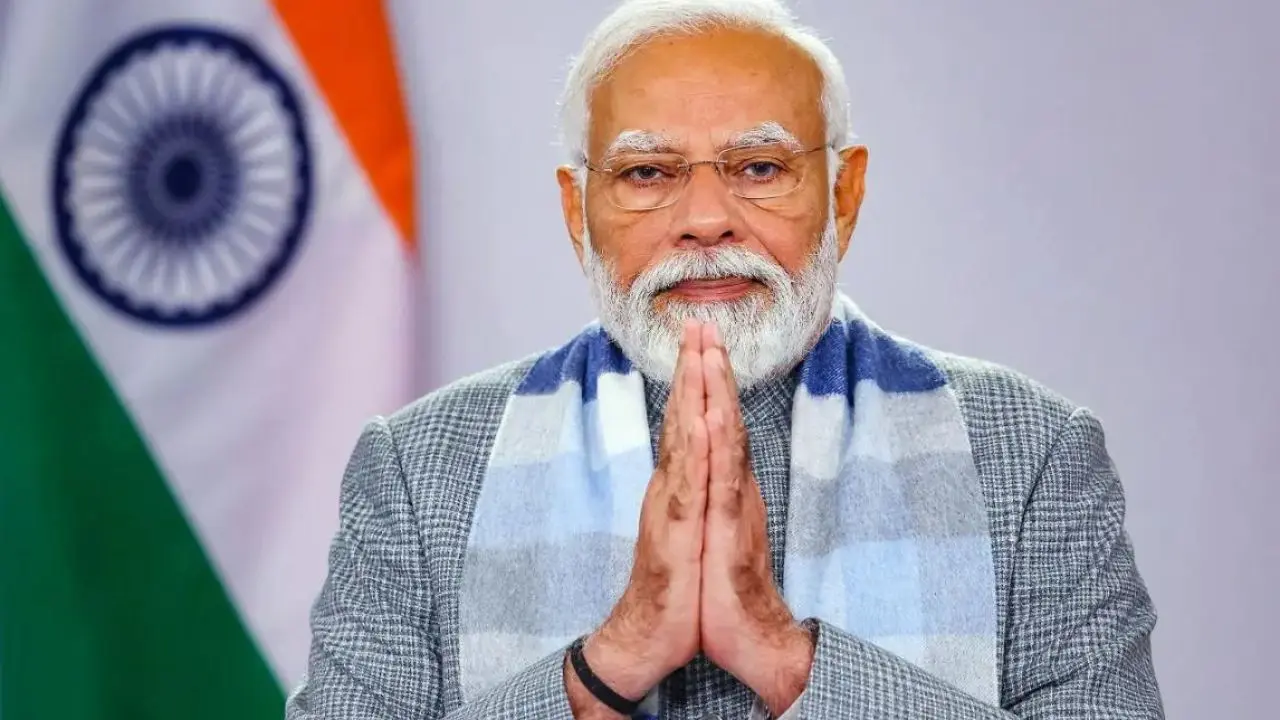Congress Rajya Sabha MP Pramod Tiwari on Monday took a swipe at Prime Minister Narendra Modi over his recent speech on Goods and Services Tax (GST) reforms implementation, suggesting that the PM should have issued an apology to the nation.
Accusing the Narendra Modi-led central government of “looting” poor and middle-class citizens, Tiwari stated that Congress and the opposition had been demanding a single GST slab based on the concept of ‘One Nation, One Tax’.
“The question that needs to be asked is who increased the GST? Who put a burden on the country by increasing it for eight years? You (PM Modi) should have apologised to the nation yesterday. Congress and the Opposition had been demanding only one slab on the basis of ‘one nation, one tax’. However, you looted the poor and middle-class citizens,” Tiwari told ANI.
The Congress MP further criticized PM Modi for referring to the GST rate rationalisation as a “festival,” pointing out that it was the government who had imposed GST at midnight.
“Yesterday, the Prime Minister said that this is a festival. He said that we should celebrate because GST has been reduced. You imposed GST at 12:00 in the night in Parliament. You spoke similarly then. People of this country have paid over Rs 50 lakh crore in GST. The MSMEs have almost shut down,” Tiwari added.
“Now, you (PM Modi) have the courage to ask people to celebrate the ‘Utsav’. Only you could have shown this courage. Your face was telling that your words lacked self-confidence and courage,” he further remarked.
Meanwhile, Union Petroleum and Natural Gas Minister Hardeep Singh Puri commented on the GST reforms, saying they have brought a wave of happiness and celebration among people and could potentially boost the country’s Gross Domestic Product (GDP) by 0.8%.
The new GST reforms came into force from Monday. Puri stated, “Apart from Navratri, the budget utsav has begun. There is a wave of happiness and celebration among people wherever you see. GST rates have been reduced, which will benefit all sections of society. But we are celebrating something else. These reforms can boost the GDP by 0.8%.”
He emphasized that the country’s journey towards a Viksit Bharat (developed India) depends on self-reliance.
“It has been welcomed by all sections of society,” Puri added. He noted that all groups, particularly the lower middle class and economically weaker sections, will benefit as GST rates on various consumption items have been reduced.
From the very first day of Navratri, the nation is taking a significant step forward in the Aatmanirbhar Bharat campaign.
Prime Minister Modi highlighted that the implementation of Next Generation GST reforms marks the beginning of a “GST Bachat Utsav” (Savings Festival) across India. He emphasized that this celebration will enhance savings and make it easier for people to purchase their preferred items.
PM Modi noted that the benefits of this savings festival will reach the poor, middle class, neo middle class, youth, farmers, women, shopkeepers, traders, and entrepreneurs alike.
*This story is sourced from a third-party syndicated feed and agencies. Mid-day accepts no responsibility or liability for its dependability, trustworthiness, reliability, or the data in the text. Mid-day management/mid-day.com reserves the sole right to alter, delete, or remove (without notice) the content at its absolute discretion for any reason whatsoever.*
https://www.mid-day.com/news/india-news/article/indias-gst-sparks-political-row-as-congress-pramod-tiwari-says-pm-modi-should-have-apologised-23595243
